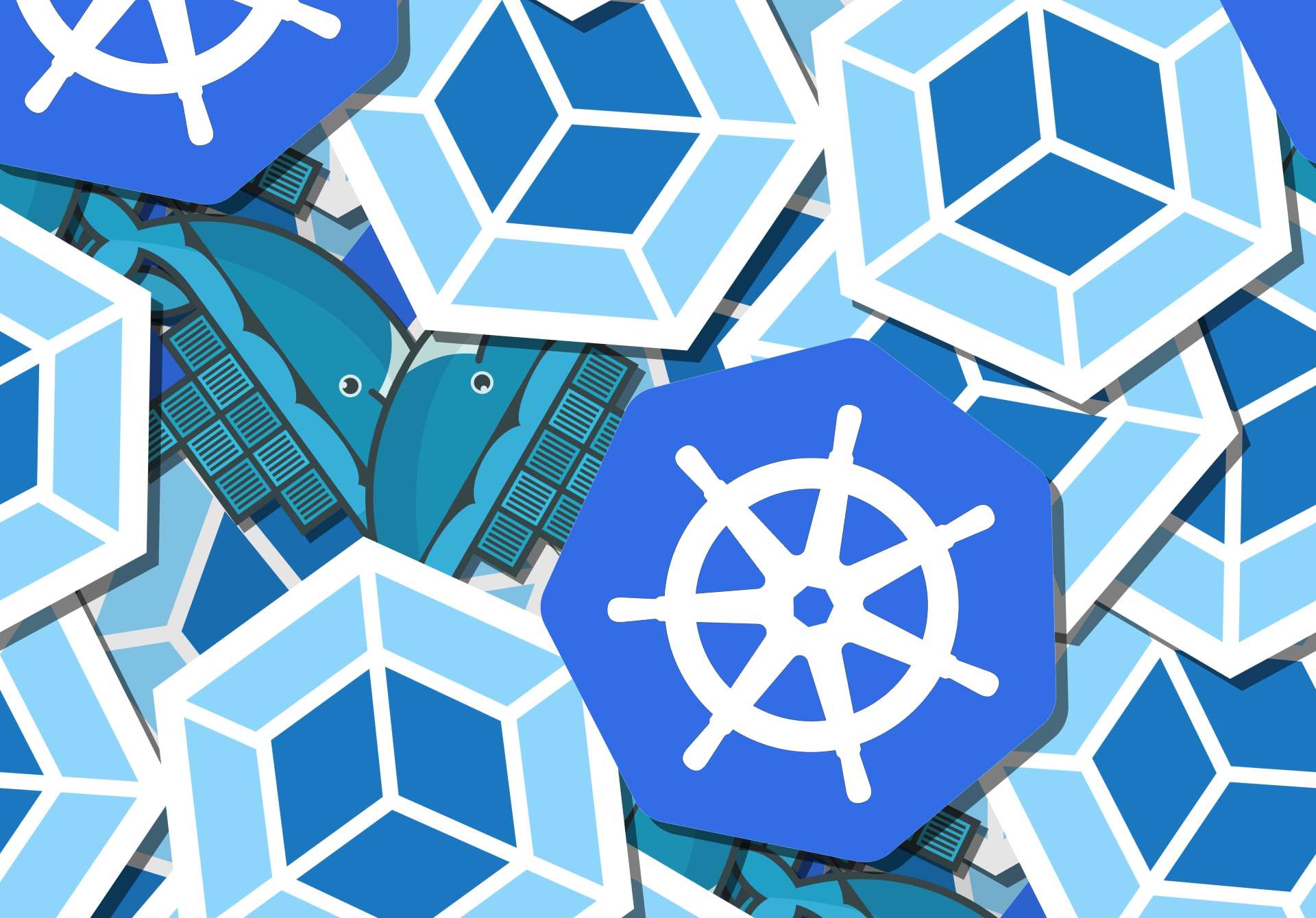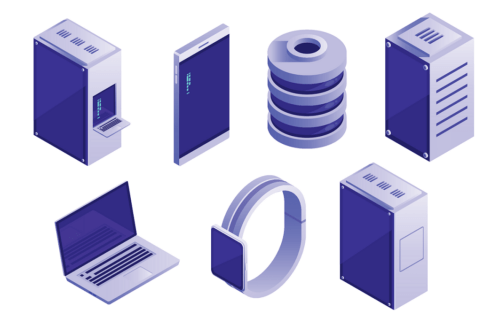Containerizing applications using Kubernetes orchestration is a good way to reduce costs and errors in their development. With this type of virtualization, applications run in special isolated containers that have their own CPU, file system, memory, process space, and more. Containers can be moved between OS distributions and clouds.
Managed Kubernetes service will make the process even more convenient and easier. Companies that provide Managed Kubernetes take all technical issues of working with Kubernetes components on themselves. Let’s find out what this service is, who it is suitable for and what tasks it helps to solve.

A brief history of Kubernetes
Virtualization is a popular solution for efficient use of server resources. Using it, you can run several virtual machines on a single server. In this case, applications (and their data) are isolated from each other, which ensures security.
In the 2000s, containerization technology emerged. This is a virtualization method in which applications are packaged in containers. This allows them to be moved to different computing environments. Containers are completely isolated, so there is no mutual impact of applications. One way to use the technology is to rapidly increase the number of application instances at times of peak demand.
Other pros:
- The efficiency and ease of creating a container image;
- The application is not tied to the infrastructure due to the creation of container images at build or release time;
- Continuous development, integration and deployment with quick and easy rollback of incorrect changes, thanks to the immutability of the image;
- One environment (operating system) for development, testing, and release;
- Economical use of hardware resources.
If you’re dealing with hundreds of containers you definitely need a tool to work with them. That’s exactly what the opensource Kubernetes platform is for, which became publicly available in 2014. It can scale applications, handle bugs, provide deployment templates, and more.
The Kubernetes system consists of clusters – sets of nodes made up of machines (can be virtual or physical) that run containerized applications. The master node is called the “master” and it runs processes that manage the state of the entire cluster.
The technology was originally created by Google “for itself” based on its extensive experience with high-load projects. In 2015, Google partnered with the Linux Foundation to create a special Cloud Native Computing Foundation, to which it gave Kubernetes. The company announced that all its services are built precisely on containers and there are more than 2 billion deployments every week.
Real-world benefits of Kubernetes
Kubernetes is the best choice for tasks that need fast scaling – in media streaming services. Kubernetes is used in many large projects. The Wikimedia Foundation’s infrastructure is entirely built on Kubernetes using a self-developed solution.
Technology advantages:
- Automating the deployment and removal of containers and the allocation of their resources;
- Discovery of a container by DNS name or IP address and subsequent distribution of network traffic for stable operation;
- Allocating a specified number of resources to each cluster;
- Restarting and replacing containers that either fail or do not meet requirements;
- Efficient storage and management of sensitive information. For example, passwords, OAuth tokens, and SSH keys.
Kubernetes as a managed service
Working with Kubernetes is a task for quite high-level specialists. In order to deploy and manage containers efficiently, they need to keep up-to-date on the current state of the technology. Managed Kubernetes is a good way to outsource these tasks to professionals with deep containerization expertise and reduce potential problems.
With Managed Kubernetes, you get Kubernetes clusters that are ready and customized for your needs. The provider manages the master, provides tools for diagnosing the state and restoring node health, handles virtual machine deployment, cluster and node upgrades, backups, and other aspects of operation.
A provider of such a service typically provides integrated components for various tasks, such as monitoring. In addition, it keeps TLS certificates up to date and changes settings at your request.
When Managed Kubernetes is right for you
Managed Kubernetes can make things easier for many companies, regardless of size.
- For a startup that doesn’t have the resources for a separate, expensive specialist, Managed Kubernetes is the best option. This service will allow you to focus on the product rather than on keeping the clusters running.
- For medium and large businesses, this is a good way to get a flexible infrastructure platform that can work in different environments (clouds and OS).
Managed Kubernetes is suitable for many tasks in both cloud and on-premises environments.
- For almost any kind of development. For example, mobile and web.
- For working with existing applications. For example, to migrate them to the cloud or build infrastructure for machine learning.
- For building really big infrastructure. For example, deploying and managing Internet of Things devices.
Kubernetes can also be used when developing applications using microservice architecture. In this case, you can use one of the main advantages of microservices – independent development and updating of different application components. Using Kubernetes you can quickly update or replace the required part of the application, as well as allocate or reduce resources.
Thus, the Managed Kubernetes service will remove a tangible number of technical issues from your hands, and you can get to work on the application functionality. You get a flexible, stable and convenient solution that is suitable for a great many projects. At the same time, you don’t spend money on the work of a team of highly paid specialists.
In addition, the provider can audit your existing solution with further customization. This will be very useful if you are already using Kubernetes, but constantly encounter problems that are fundamentally unsolvable.

 Previous article
Previous article


